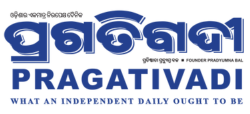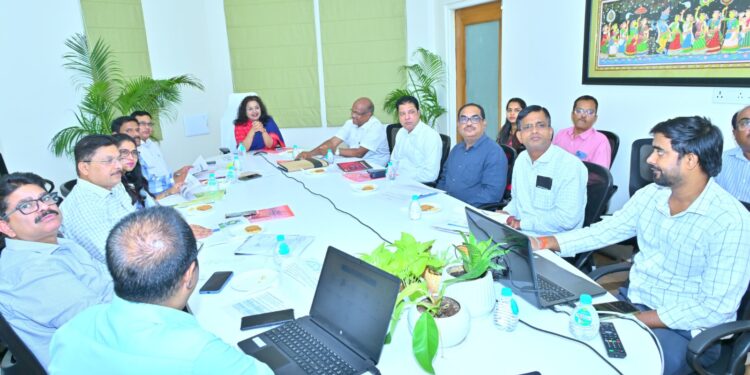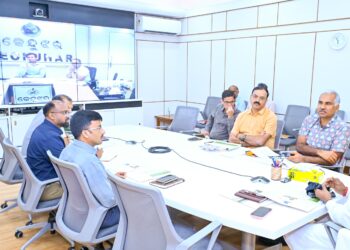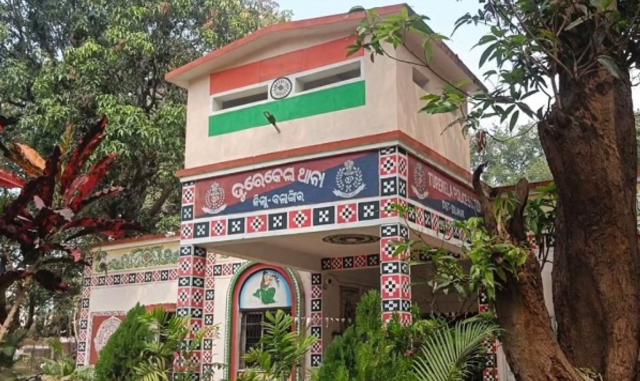In a landmark initiative, Odisha has embarked on a pioneering journey to conduct a comprehensive census of its water resources, a first-of-its-kind effort in the state. Launched under the guidance of the Ministry of Jal Shakti, Department of Water Resources, River Development and Ganga Rejuvenation, Government of India, this ambitious project aims to create a detailed database to revolutionise water resource planning for irrigation, industry, pisciculture, and human and animal consumption.
The initiative, announced on June 2, 2025, in Bhubaneswar, comprises four distinct censuses: the 1st Census of Major and Medium Irrigation Projects, the 1st Census of Springs, the 2nd Census of Water Bodies, and the 7th Census of Minor Irrigation. This coordinated effort marks a historic collaboration between the Department of Water Resources and the Planning and Convergence Department, ensuring a unified approach to data collection and analysis.
Anu Garg, Development Commissioner-cum-Additional Chief Secretary (DC-cum-ACS) to the Government of Odisha, chaired a detailed review meeting to oversee the effective implementation of these censuses. Addressing senior officials, she emphasised the need for a coordinated and convergent approach to capture high-quality data. “This will be a comprehensive database for planning water resources of the state for irrigation, industry, pisciculture, human and animal consumption, and more,” Smt. Garg stated, highlighting the transformative potential of the initiative.
The meeting saw participation from key stakeholders, including representatives from the Department of Water Resources, Panchayati Raj and Drinking Water Departments, Electronics & Information Technology (E&IT) Department, Directorate of Economics and Statistics, Chief Engineer of Minor Irrigation, and the Odisha Lift Irrigation Corporation. Officials from the Central Ground Water Board and the State Ground Water Board, Government of India, also lent their expertise. Superintending Engineers and Deputy Directors from District Project Management Units (DPMUs) across the state joined the discussion, underscoring the initiative’s grassroots reach.
A unique aspect of this census is its methodology. Data collection will leverage modern technology, including Computer Assisted Personal Interview (CAPI) and a web-based application, ensuring accuracy and efficiency. For the first time, users and producers of statistics are working hand-in-hand to enhance data quality, setting a new standard for collaborative governance.
Garg urged district-level officials, including Superintending Engineers, Executive Engineers, and Deputy Directors of Planning and Statistics, to work in tandem to make the census operations a “grand success.” The initiative aims to map water resources from the village to the state level, creating a robust framework for sustainable planning and resource allocation.
This groundbreaking effort aligns with national priorities under the Ministry of Jal Shakti, reflecting Odisha’s commitment to addressing water scarcity and optimising resource use. The comprehensive database will serve as a vital tool for policymakers, enabling informed decisions to support agriculture, industrial growth, fisheries, and domestic needs while ensuring the well-being of both humans and animals.
As Odisha takes this bold step, the state sets a precedent for others, demonstrating how data-driven governance can pave the way for a sustainable future. The success of the Odisha Water Census 2025 promises to be a game-changer, positioning the state as a leader in water resource management and planning.





























